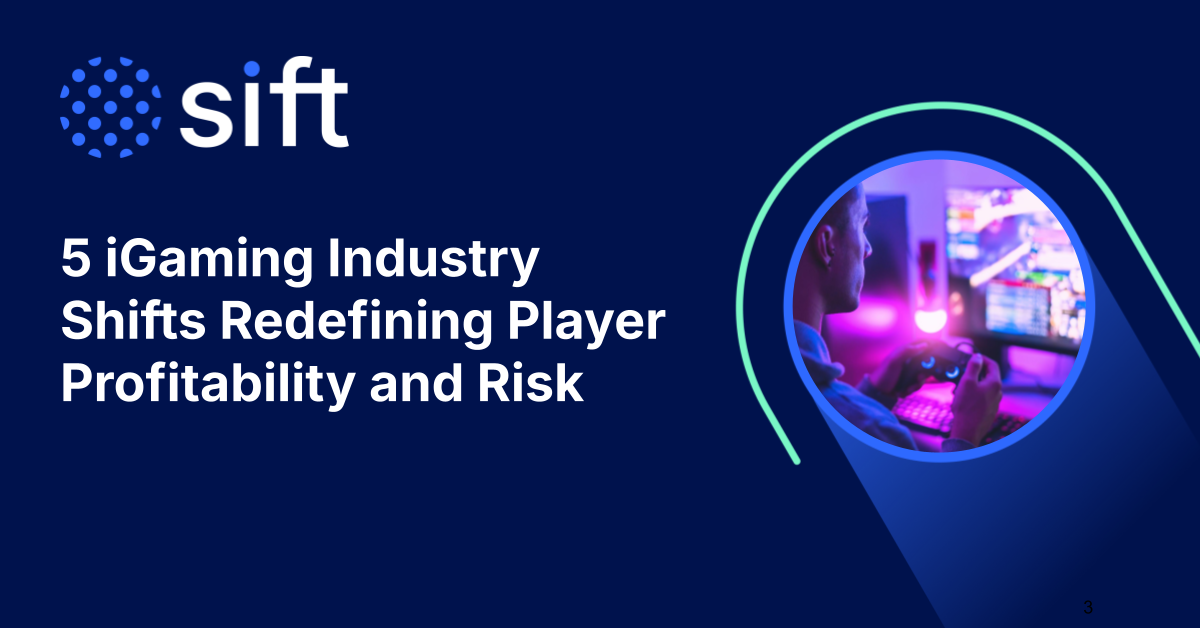As fraudsters increasingly strengthen and evolve their tactics, robust digital fraud management has never been more critical to business success. Recently, Sift hosted a webinar featuring Andras Cser, Vice President, Principal Analyst at Forrester Research. Let’s explore the key insights that emerged from the session on selecting the right digital fraud management partner.
Attacks are rampant and fraud is becoming more complex
Over the last several years, the sheer scale of fraud has exploded, demanding immediate action from businesses. For example, Sift observed a startling 345% year-over-year increase in Q3 2023 in account takeover (ATO) attacks. Moreover, our research reveals a substantial 76% of consumers would switch to a competitor if they were victimized by fraudulent activity on a business’s website or app.
Understanding that risk permeates every step of the user journey, fraud fighters must adopt a nuanced strategy to prevent attacks, and reduce friction for legitimate customers. The webinar emphasizes the need for secure interactions throughout this journey—from account creation and login to checkout and chargeback.
Vendor inclusion criteria for The Forrester Wave™: Digital Fraud Management, Q3 2023
Sift was named the only independent Leader in the 2023 Forrester Wave™ for Digital Fraud Management report, with 5/5 ratings in the chargeback management, nonpayment fraud and policy abuse, and roadmap criteria. The Forrester Wave™: Digital Fraud Management, Q3 2023 report, vendors were evaluated based on their commitment to purpose-built chargeback management, support for flexible user authentication policies, and investigator-centric case management. Another key factor was the presence of digital fraud management (DFM) solutions in e-commerce and retail, with vendors focusing on these sectors among their top three verticals. Financial viability was also considered, and vendors with a minimum product revenue of 30 million dollars were included, ensuring a strong economic foundation for the evaluated solutions.
Best practices for implementing DFM solutions
Every business needs a DFM solution for risk mitigation and enhanced efficiency. Consider these best practices for a seamlessly aligned DFM solution:
- Comprehensive risk scoring system: Identify and address potential fraud risks systematically.
- Integrate ML and AI technologies: Enhance decision-making with optimized fraud detection using data insights.
- Establish clear rules and heuristics: Provide a structured framework for consistent decision-making, ensuring security standards.
- Generate regular reports: Capture ROI and overall customer value to quantify the impact of DFM initiatives.
- Assess fraud detection weekly: Regularly evaluate effectiveness against emerging threats.
- Collaboration with stakeholders: Align DFM efforts with broader goals through open discussions with stakeholders.
The battle against digital fraud is ongoing, and businesses must equip themselves not only to defend against attacks but also to leverage DFM solutions as a catalyst for profitable growth. The insights from the webinar provide a roadmap for businesses to navigate this landscape successfully, forging strong vendor relationships and adopting best practices to turn the tide in their favor.
For insights on how to protect your business and personalized recommendations for preventing fraud, be sure to check out our Risk Assessment.
Watch the full webinar on Selecting the Right Digital Fraud Management Partner, featuring Forrester.







